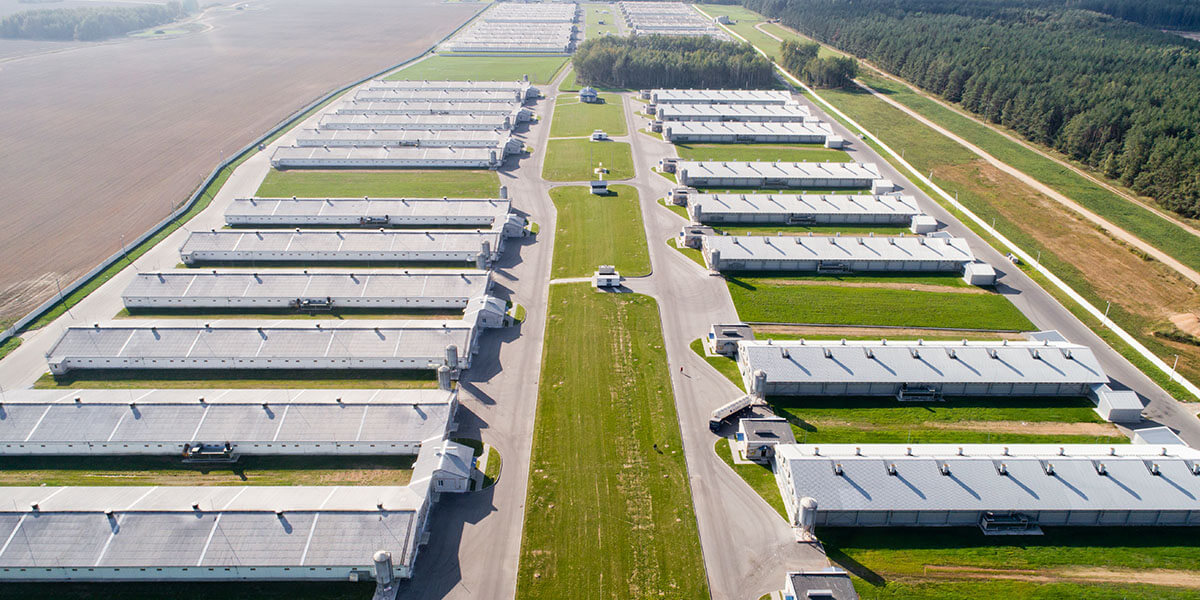With sows being required to move more to get to their feed and water in group housing situations these days, and sow mortality related to sow lameness on the rise, swine hoof health and prevention of sow lameness continues to be increasingly important for pork producers to consider. When a sow becomes lame, it leads to lower feed intake, decreased reproductive performance and, ultimately, early exit from the herd.
The Zinpro® Feet First® Swine Lameness Prevention program focuses on overall swine wellness and helping improve the efficiency of pork production through the identification and prevention of swine lameness.
Performance Trace Minerals Important Part of Swine Nutrition
The Zinpro Feet First program is based on scientific research conducted by Zinpro, in collaboration with universities and other private research facilities across the globe. Feeding Zinpro® Performance Minerals®, like Zinpro® Availa® Sow, reduces the frequency and severity of claw lesions in sows while lowering the number of animals with subclinical lameness. Performance trace minerals can also help manage inflammation associated with lameness in sows.
Zinpro Availa-Sow contains a unique combination of zinc, manganese and copper, specifically formulated to help optimize foot health and reproductive performance of sows, gilts and boars. Sows and gilts need zinc, copper and manganese to help boost immunity, reproduction and hoof integrity. Additionally, a proper balance of trace minerals can help animals cope with the challenging effects of stress.
Trimming Pig Hooves Helps Prevent Sow Lameness
In addition to feeding Zinpro Availa-Sow in swine nutrition programs, another component of the Zinpro Feet First program is trimming pig hooves. Sow claw trimming has been shown to benefit sows with overgrown claws, as overgrown claws can lead to unequal weight distribution and alteration of gait. Trimming the claws to restore normal conformation and weight distribution will improve locomotion and help limit sow lameness.
Sow Locomotion Scoring to Determine Severity of Lameness
The Zinpro Feet First team developed a swine locomotion scoring system that uses a simple 0-to-3 scale to assess the severity of lameness and identify animals in need of claw trimming. The scoring system, which is intuitive and easy to learn and implement, is based on the observation of an animal standing and walking.
For example, a sow with a locomotion score of 0 will be able to move easily with little inducement, while a sow with a locomotion score of 3 shows a real reluctance to walk and bear weight on one or more legs, and it becomes difficult to move her from place to place within the facility. When determining a sow’s locomotion score, observations should be made on a flat surface and under conditions where the animal is not stressed. A sow will instinctively hide signs of lameness when it feels threatened.
Swine Claw Lesion Identification
The most common claw lesions within a sow herd can vary based on management, nutrition and genetics. Lesions that penetrate the horn wall into the corium of the foot and cause an inflammatory response, pain and locomotion problems are of greatest concern. The Zinpro Feet First team has developed an easy-to-use claw lesion scoring system to help rank the seven most common claw lesions.
A lesion with a score of 1 is considered mild, while 2 is moderate and 3 is severe. The seven most common claw lesions in sow herds include heel overgrowth and erosion, heel-sole crack, white line, cracked wall horizontal and cracked wall vertical, toes, and dew claws.
Feeding performance trace minerals can help mitigate claw lesions in sow herds.
To learn more about preventing lameness in your swine herd, contact a Zinpro swine expert today.

